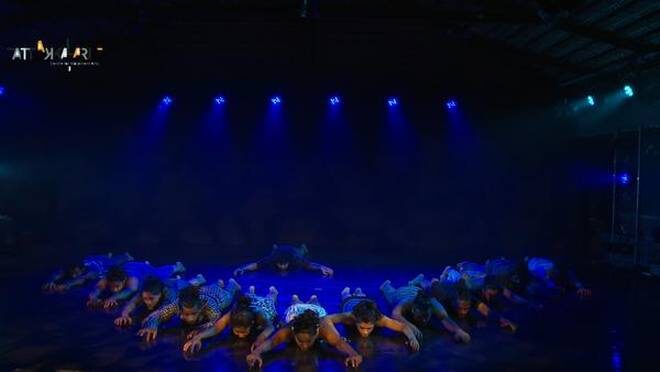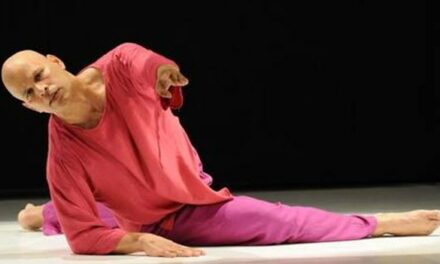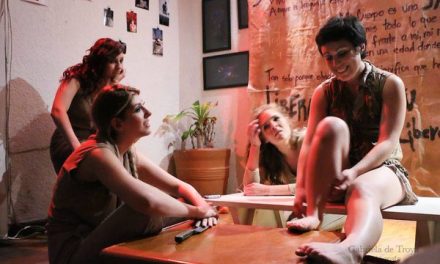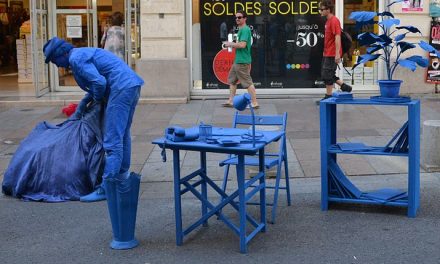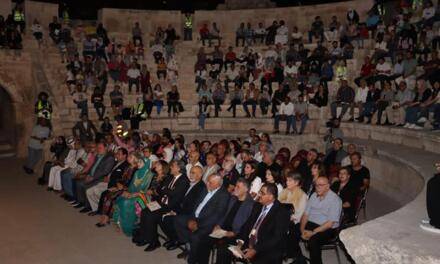Through a series of virtual performances and conversations, Attakkalari Centre for Movement Arts adapts movement and dance to the online medium.
“When we started out, we were perplexed. We didn’t know how to go about it. We went into a kind of an emergency mode,” admits movement artiste and artistic director of Attakkalari Movement Arts, Jayachandran Palazhy. The pandemic that put a stop to performances all at once had a debilitating effect on the movement arts community; “In dance or movement there has to be a physical presence, and touch is very important,” Jayachandran explains. For Attakkalari, the quest from thereon was to research and train themselves on how they could adapt online. Having been teaching young enthusiasts through their diploma program and school workshops, Jayachandran says that they felt a certain sense of responsibility to keep morale high.
Spaarkk 2020 took form, thus. A series of performances and conversations that saw global collaborations were put together quickly to be streamed online over two months. “We might be conditioned to think in terms of the physical space or linear dramaturgy, but in the digital space, we need to think of different kinds of possibilities, and there are handicaps to it. To address that, through this forum, people were encouraged to curate or suggest fully-developed programs or even nascent ideas.”
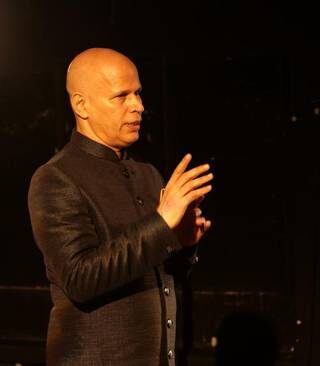
Artistic Director of Attakkalari Movement Arts and founder of Spaarkk 2020, Jayachandran Palazhy. Photo: special arrangement, The Hindu
The focus was on transdisciplinarity, says Jayachandran. Thinking about movement on camera and transcending geographical locations and disciplines were important. The series launched with musicians Sushmit Sen and Matthias Duplessy devising a piece to which 13 artists from Attakkalari improvised a performance. With support from Swiss Arts Council Pro Helvetia (for programming) and Goethe-Institut, Bengaluru (for infrastructure), multi-camera setups and switchers for streaming the performances live were arranged.
This was a start to the 12 sessions that followed. In a collaboration with Marche Teatro in Italy, two performers — Hemabharathy Palani in Bengaluru and Nicola Galli in Ancona, Italy — performed live simultaneously in a digital space to music by Grammy-award winning violinist Manoj George and playback singer Bindu Malini. Another collaboration saw a series of films connecting poetry and visuals themed around the “dances of sickness and health”. This virtual performance film was created through an international collaboration by Isak Immanual (USA), Marina Fukushima (USA), and Sorjit Nongmeikapon (Manipur, India).
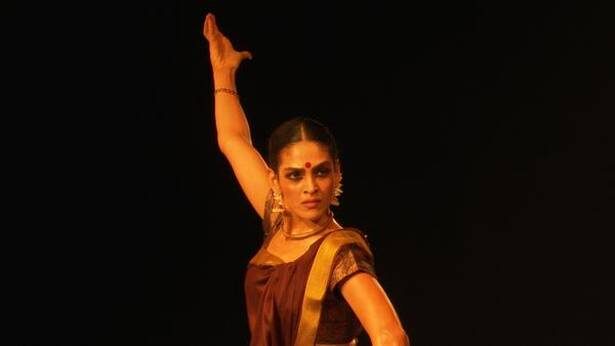
Female dancer in a performance by Spaarkk 2020. Photo: special arrangement, The Hindu
The program was a learning process for Jayachandran. “Moving forward, it is going to be a combination of both digital and live content. But some performances definitely work better live. As far as the digital side is concerned, there should be a whole new strategy on how to execute it. The context is very important,” explains Jayachandran. The team is also exploring performances that are open to a physical audience and at the same time streamed online for a wider reach. “But we would be delighted to go back to physical performances,” he admits.
The sessions are available for viewing on Attakkalari Centre for Movement Arts’ YouTube and Facebook pages.
This article was originally published by The Hindu. Reposted with permission. Read the original article here.
This post was written by the author in their personal capacity.The opinions expressed in this article are the author’s own and do not reflect the view of The Theatre Times, their staff or collaborators.
This post was written by Gowri S.
The views expressed here belong to the author and do not necessarily reflect our views and opinions.

